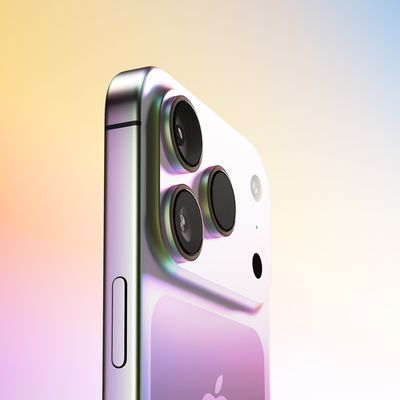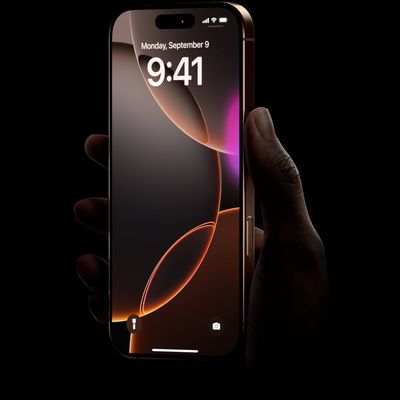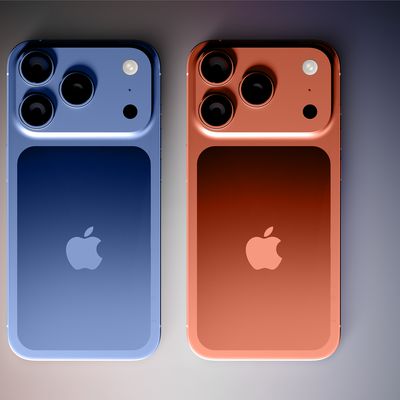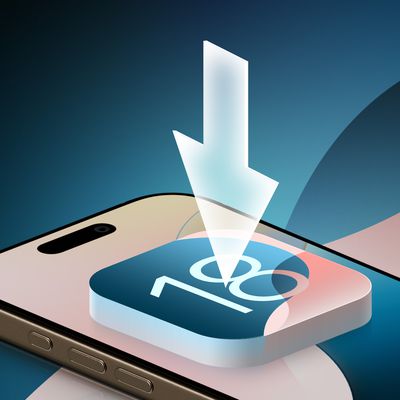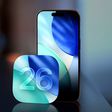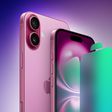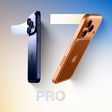Audio Testing Confirms iPhone 6 Not Yet Capable of Direct HD Audio Playback
Earlier this year, Apple was rumored to be adding support for high-definition audio playback in iOS 8 and shipping new EarPods with the iPhone 6 in order to support this 24bit/96kHz standard. Apple ultimately made no such announcements for iOS 8 or the iPhone 6, and Mashable has now confirmed with some testing that Apple's latest iPhone 6 does not currently support high definition audio playback.
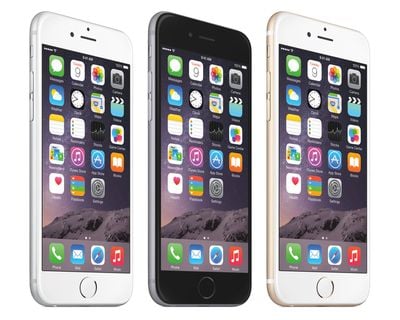
With the help of audio testing expert David Ranada, Mashable tested several sample .wav files encoded at a 96kHz sampling rate with 24 bits per sample. The tracks were played using third-party apps such as Onkyo's HF music player and recordings were made through the headphone jack to determine the quality of the audio output.
The results show that iPhone 6 does not yet support HD audio playback, even though the audio hardware inside the phone may be capable of 24bit/96kHz output. According to teardown analyses, Apple's iPhone 6 includes the custom made Cirrus Logic 338S1201 chip, which is likely the successor to the Cirrus Logic CS42L61 chip used in previous iPhone models. Though also a custom build, the older CS42L61 chip is part of Cirrus Logic's CS42L51 family, which supports 24bit/96kHz HD audio.
It's hard to conceive of Apple either creating a custom chip that's less capable than the equivalent off-the-shelf component, let alone downgrading the audio capabilities of the iPhone's DAC in subsequent generations. So it stands to reason the DAC on board the iPhone 6 is capable of sampling 24-bit/96kHz audio.
It's possible, however, that Apple could later update iOS 8 with support for HD audio and enable the playback of hi-res music through the iPhone's headphone jack. Apple is accepting 24bit/96kHz uploads from musicians and is allegedly preparing to enable high-definition 24-bit downloads from iTunes.
Customers who want HD audio sooner will have to look at Lightning-equipped audio devices such as the recently announced Fidelio M2L headphones from Philips. The Fidelio M2Ls will connect to an iPhone or iPad via the Lightning port and will support 24-bit audio using an internal DAC and amplifier built into the headphone unit.
Popular Stories
Apple's iPhone 17 Pro and iPhone 17 Pro Max models will feature a number of significant display, thermal, and battery improvements, according to new late-stage rumors.
According to the Weibo leaker known as "Instant Digital," the iPhone 17 Pro models will feature displays with higher brightness, making it more suitable for use in direct sunlight for prolonged periods. The iPhone 16 Pro and...
Apple is expected to unveil the iPhone 17 series on Tuesday, September 9, and last-minute rumors about the devices continue to surface.
The latest info comes from a leaker known as Majin Bu, who has shared alleged images of Apple's Clear Case for the iPhone 17 Pro and Pro Max, or at least replicas.
Image Credit: @MajinBuOfficial
The images show three alleged changes compared to Apple's iP...
Apple will launch its new iPhone 17 series this month, and the iPhone 17 Pro models are expected to get a new design for the rear casing and the camera area. But more significant changes to the lineup are not expected until next year, when the iPhone 18 models arrive.
If you're thinking of trading in your iPhone for this year's latest, consider the following features rumored to be coming to...
Just one week before Apple is expected to unveil the iPhone 17 series, an analyst has shared new price estimates for the devices.
Here are J.P. Morgan analyst Samik Chatterjee's price estimates for the iPhone 17 series in the United States, according to 9to5Mac:
Model
Starting Price
Model
Starting Price
Change
iPhone 16
$799
iPhone 17
...
An iPhone 17 announcement is a dead cert for September 2025 – Apple has already sent out invites for an "Awe dropping" event on Tuesday, September 9 at the Apple Park campus in Cupertino, California. The timing follows Apple's trend of introducing new iPhone models annually in the fall.
At the event, Apple is expected to unveil its new-generation iPhone 17, an all-new ultra-thin iPhone 17...
Apple is preparing to release iOS 18.7 for compatible iPhone models, according to evidence of the update in the MacRumors visitor logs.
We expect iOS 18.7 to be released in September, alongside iOS 26. The update will likely include fixes for security vulnerabilities, but little else.
iOS 18.7 will be one of the final updates ever released for the iPhone XS, iPhone XS Max, and iPhone XR,...
A new survey has found that nearly seven in ten iPhone owners in the United States plan to upgrade to an iPhone 17 model, signaling strong demand ahead of Apple's expected unveiling of the devices at its September 9 keynote.
Smartphone price comparison platform SellCell surveyed over 2,000 U.S.-based iPhone users in August to assess upgrade interest and brand loyalty before Apple's event....




